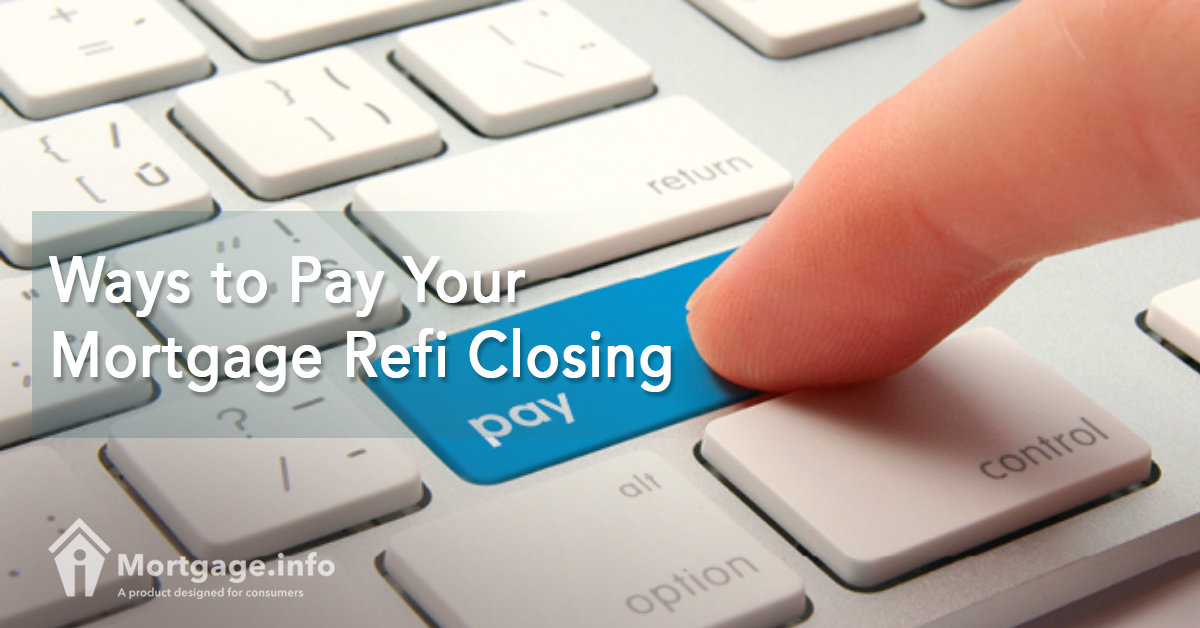Cost is one of the major considerations for refinancing. Maybe your home value appreciated and you now have significant equity on your property for a cash out. Or maybe you want to lower your mortgage paymentsand take advantage of today’s rates before it continues to increase. But where will you get the money to pay for closing?
Closing costs about 3 to 6 percent of the loan amount. That means if you have a $250,000 mortgage, you need to pay $7,500 to $15,000 at closing. That’s not a small amount. Many people spend months, even years to save for mortgage closing costsand down payment.
So how exactly will you be able to pay for the cost of refinance closing?
Use Your Savings
Paying out-of-pocket, if you have some savings, is a plausible way to pay for the cost of a refi closing. If you have planned your refi for a long time and has spent months accumulating money for closing, great! However, tapping into your savings may leave you vulnerable in case some financial emergency occurs in the future.
Only opt for this option when you are sure of the health of your finances, or when you have another account stashed up to cover for emergency expenses.
Rate and Term Refinance
A no-cost refinance, also known as a rate and term refinance, can be an option as well. Here, you do not have to pay anything at closing, but you will be given a higher interest rate, which could cost you more in the long run.
Before you choose a “no-cost refinance,” calculate the overall cost of the deal. Input the lender and underwriting costs, escrow, title, and appraisal charges, among others and compare it with the cost of your current loan should you choose to retain it. In the end, you may realize that a rate and term could not conclude in savings and is therefore not a wise option for a refi.
Roll Closing Costs into the Loan
If you don’t have money in your savings to suffice for an out-of-pocket payment, and don’t want an increased interest rate on your new loan, you can instead opt to wrap the cost of closing into the loan amount.
Suppose you have a mortgage of $250,000 and your closing costs $15,000. With this option, you add both amounts so that your new loan amount is now at $265,000.
Which is the best way, only you can answer. Needs vary by borrower and there are always a diverse array of considerations that need to be factored into the decision to determine the best option. There are your tax payments, as well as the amount of time you intend to keep the house, among others.
For a more accurate estimation, use a mortgage calculator or consult the help of a mortgage professional for proper guidance. A refinance is a major financial responsibility that you need to carry for many years. Make sure that its benefits outweigh its risks.

